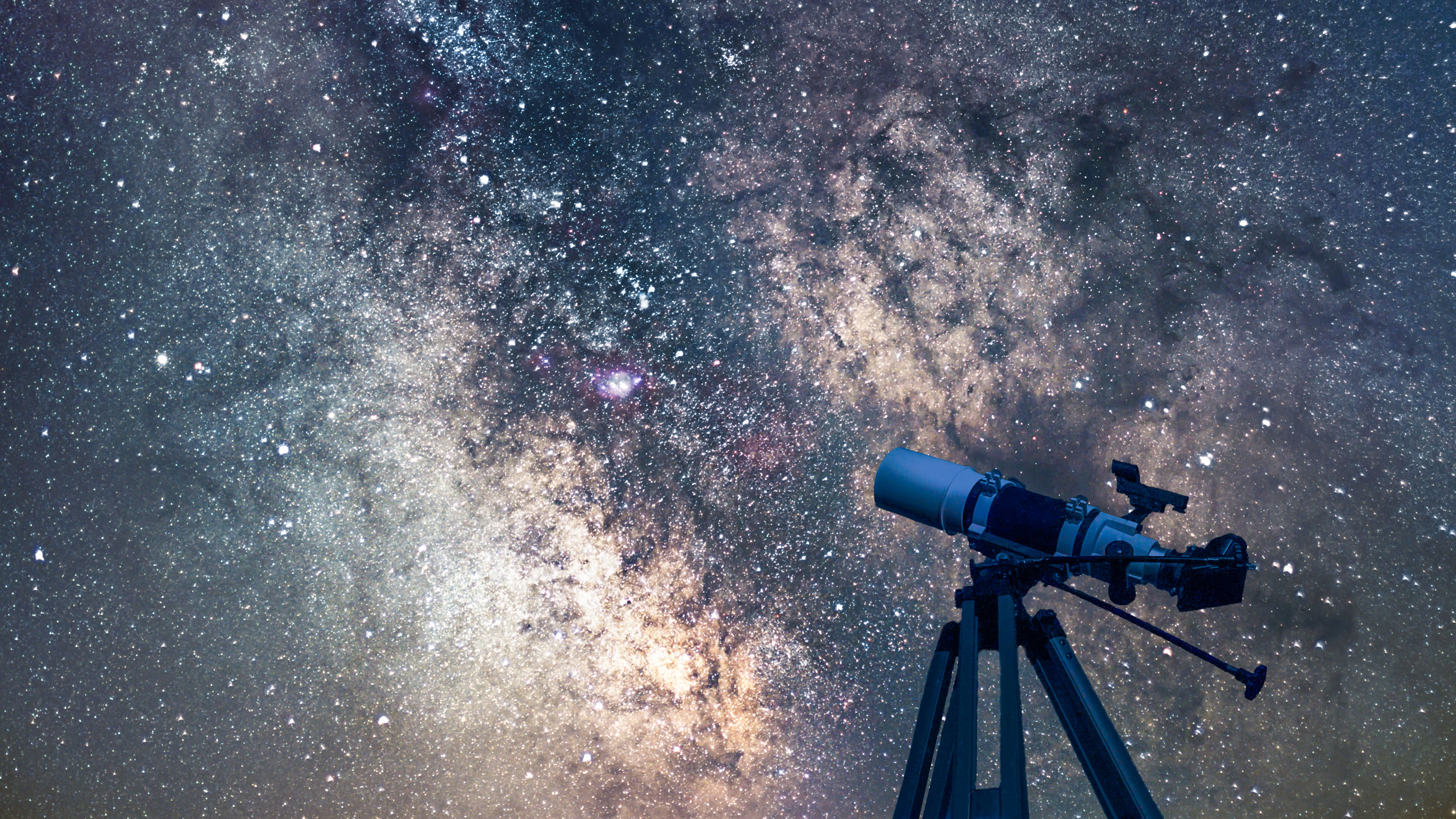
Whether you’re a life long stargazer, or you’ve just made a spontaneous Black Friday purchase, NASA is offering you a guided tour of the cosmos in 2025.
To celebrate 35 years of Hubble’s observations, NASA is asking telescope owners to accept its year-long stargazing challenge, observing some of the same night sky objects on the ground that Hubble has from space.
“On a clear night,” says NASA, “find a safe location with a dark sky away from bright lights, point your telescope skyward, and with the help of star and finder charts, gaze upon some of the same iconic nebulae and galaxies Hubble has observed. How many of them can you find?”
The Hubble Space Telescope was launched in 1990 and it has been instrumental in discovering some of the most incredible secrets of space – from determining the age of the universe (13.8 million years) to discovering Supermassive Black Holes.
Hubble is working with The Astronomical League to coordinate the 'Hubble’s Night Sky Observing Challenge’ program, providing successful observers with recognition of their achievements.

The challenge includes two levels and observers do not need to be an Astronomical League member to participate. Each month of 2025 NASA will reveal a list of night sky targets, one for the Northern Hemisphere and one for the Southern Hemisphere.
Each target has a difficulty rating, from one to three, for example in the Northern Hemisphere in January, you can spot the Crab Nebula, which has a difficulty rating of two, or Hubble’s Variable Nebula, which is a three.
In the Southern Hemisphere you’ll be able to see the Tarantula Nebula, which is a two, and then you can compare your images with Hubble’s.
NASA says: “We encourage you to compare the view of these objects in your telescope to images Hubble has taken of them. However, please keep in mind that, thanks to the blurring effects of looking through Earth's atmosphere with a ground-based telescope, what you see will very likely not look quite the same as what Hubble, a space telescope located above the atmosphere, is able to see.”
While binoculars and smaller telescopes may reveal some of the brighter targets, NASA recommends using a telescope with a diameter of at least six inches (150mm) for best viewing.
Take a look at our guides to the best telescopes for astrophotography, the best deep space telescopes, and the best smart telescopes.







